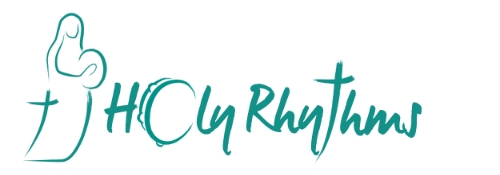When I visited Udiapur, Rajasthan, in October of 2008, I spent some time at the Royal Art School. While browsing through their collection of paintings and drawings available for purchase, I found this delightful pen and ink drawing of a Rajasthani woman holding a dafli.
Note the beautifully delicate quality of this painting, especially the drummer's sari and the many individual blades and clumps of grass typical of the area. The tomb in the background nicely links her drum with the thousands of other women drummers taking part in funerals for their families and friends. Their drumming helped insure the resurrection of the deceased. This use of the Biblical drum was one of the last bastions of the women's resistance to the earliest church fathers who did not know why drumming and death were so intimately entwined. Yes, these were theological differences between Christianity and earlier practices. But the peoples' hearts trumped the church fathers' thinking for many centuries. Drumming at funerals still occurs in small villages in Spain and perhaps elsewhere in the Middle East.
The details on the skin of her drum are equally noteworthy. They are also very ancient and authentic within the the Biblical drum's long history. The large circle represents the oomphalos or earth's navel,the source of origin and issue of all things created - a most hallowed location in many religious sites, and thus a natural place of pilgrimage for deeply heartfelt prayers of thanksgiving, adoration, supplication and intercession. The circle around the oomphalos portrays, evokes, and reminds the drummer of the One amid the many, the Unity and its accompanying multiplicity through the process of self-revelation and creation. The circle also brings to mind all the other interlocking polarities of the divine and the common in Christianity and other religions.
Most likely the oomphalos and the circle around it would be painted in red, the colour of blood, symbolizing both menstruation, the bleeding that does not bring death, and the blood that flows at birth as it brings into being the miracle of new life. The drummers posture reflects her humility before such amazing realities.


